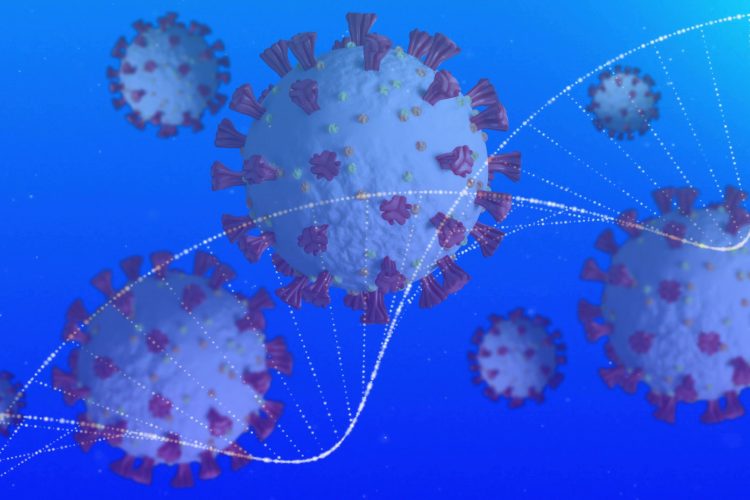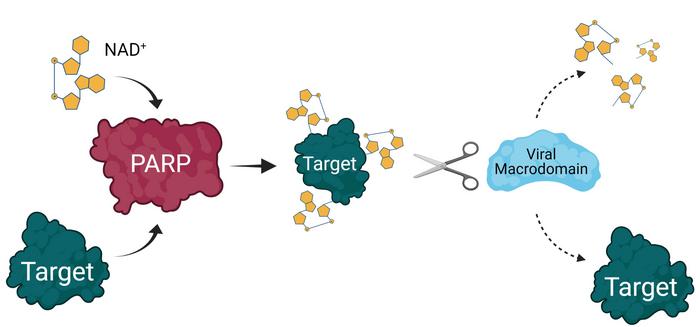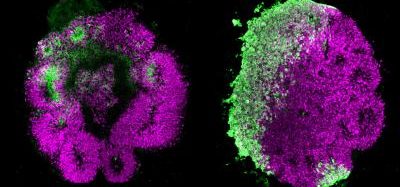PARP14: the human gene that fights against herpes and COVID
Posted: 12 November 2025 | Drug Target Review | No comments yet
Researchers have identified a human gene, PARP14, that not only helps the body’s immune system to combat multiple viruses but could also potentially be used to treat inflammatory and autoimmune diseases.


A new study from researchers at the University of Kansas (KU) has discovered that a human gene, known as PARP14, plays a crucial role in regulating interferon, a central component of the body’s innate immune system. The research offers new data that could help develop antiviral treatments targeting a range of infections in the future.
“We found for the first time that PARP14, a gene encoded by humans and all mammals, had antiviral activity against multiple viruses,” said senior author Anthony Fehr, Associate Professor of Molecular Biosciences at the University of Kansas, who led the research. “It also helps boost the immune response, which demonstrates that this protein is fighting viral infections in multiple ways.”
A discovery rooted in COVID-19 research
Fehr’s laboratory initially focused on coronaviruses, particularly during the COVID-19 pandemic, when scientists were looking to better understand how the body defends itself against viral threats.
“We primarily work with coronaviruses, so that was the first virus where we discovered antiviral activity of PARP14,” Fehr explained. “The human body devotes enormous resources to antiviral defence, and the virus is always trying to evade those defences. It’s an arms race – a back-and-forth between host and virus. PARP14 is one of the host’s tools to kill viruses, and the virus evolves ways to escape. These discoveries can lead to new insights into how to treat innate immune disorders or viral infections.”


Illustration of the host-virus conflict. In this arms race, University of Kansas researchers found PARP14 is one of the host’s tools to kill viruses, as the virus evolves ways to escape. Credit: Anthony Fehr
Expanding the research beyond coronaviruses
Fehr’s team later collaborated with professor David Davido, also from KU’s Department of Molecular Biosciences, to investigate PARP14’s role in fighting other viruses. The researchers discovered that the protein also targets HSV-1, or herpes simplex virus.
“So, we’ve just received a new grant to study PARP14’s role in herpes viruses, in addition to continuing our coronavirus research,” Fehr said.
However, While the protein has shown promising antiviral properties, it can also assist certain viruses in replicating.
“We found PARP14 has what we call ‘proviral activity’ – it enhances the replication of another class of viruses called rhabdoviruses, like rabies virus,” Fehr said. “That indicates there could be a lot of potential translational opportunities with this protein. It could be a target for antivirals for rabies-like viruses, since it’s important for these viruses, and further understanding of how it works could also lead to better antivirals for COVID, coronaviruses or herpes viruses.”
Potential for broader medical applications
Beyond infectious diseases, the researchers believe the discovery of PARP14’s role in immune regulation could have wider implications for nonviral conditions linked to inflammation and autoimmune disorders.
“The big picture for us is its effect on the innate immune response,” he said. “Knowing that this protein is important for boosting innate immunity could affect many diseases related to inflammation. Autoimmunity and diabetes, for instance, can be triggered by overactive immune responses. By inhibiting PARP14, it might be possible to temper or reduce these conditions.”
Related topics
Drug Discovery, Immunology, Protein, Translational Science, Virology
Related organisations
University of Kansas (KU)








